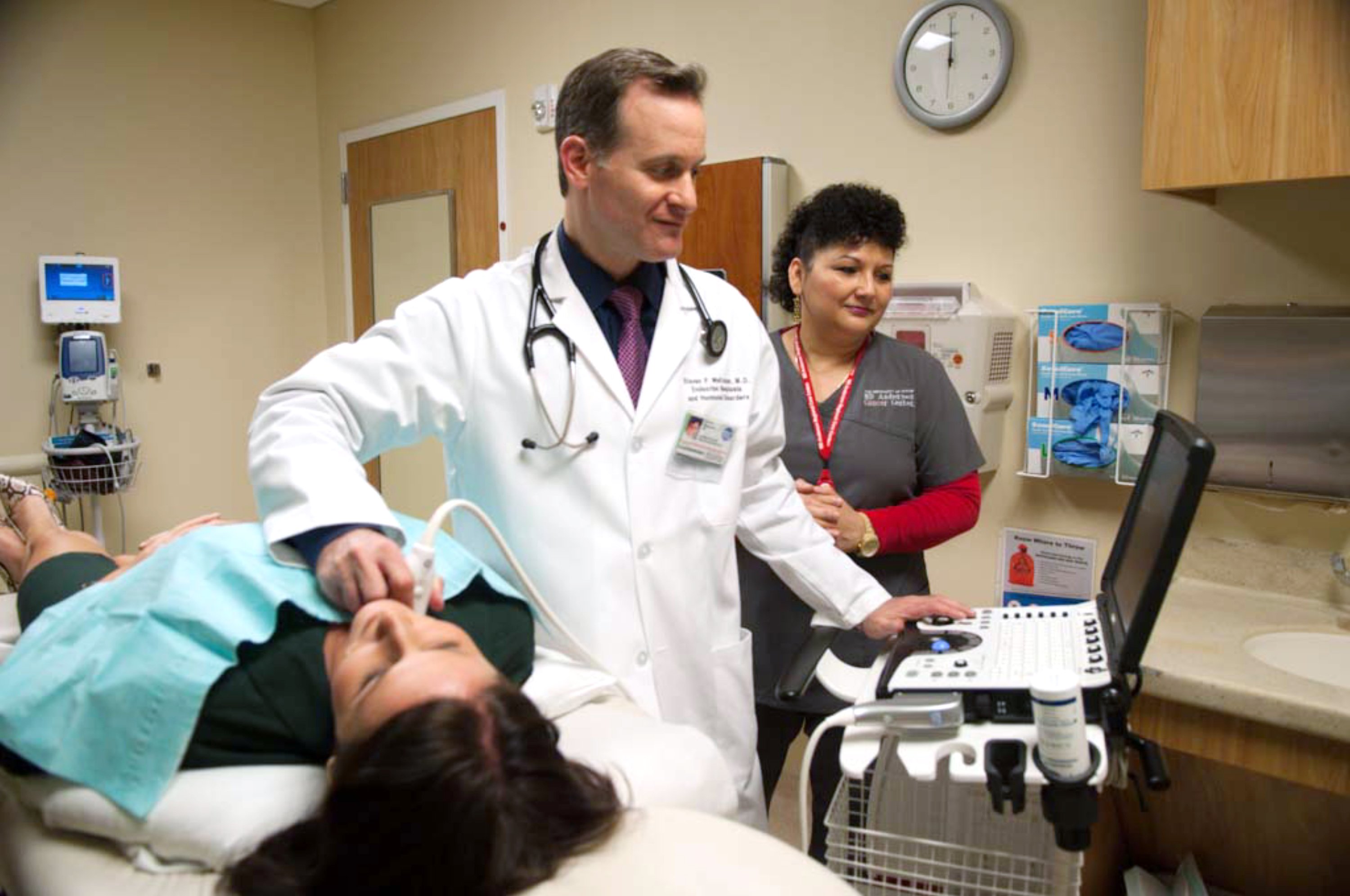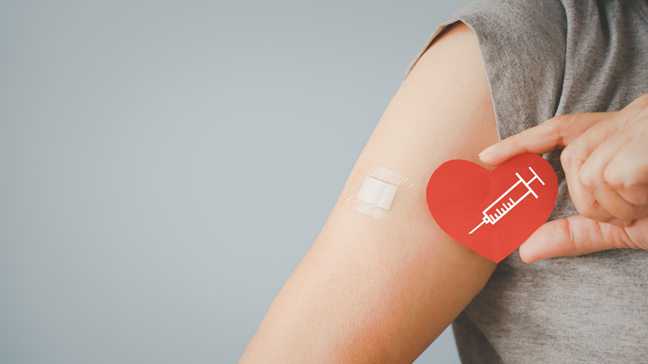- Diseases
- Acoustic Neuroma (14)
- Adrenal Gland Tumor (24)
- Anal Cancer (68)
- Anemia (2)
- Appendix Cancer (16)
- Bile Duct Cancer (26)
- Bladder Cancer (72)
- Brain Metastases (28)
- Brain Tumor (232)
- Breast Cancer (714)
- Breast Implant-Associated Anaplastic Large Cell Lymphoma (2)
- Cancer of Unknown Primary (4)
- Carcinoid Tumor (8)
- Cervical Cancer (158)
- Colon Cancer (166)
- Colorectal Cancer (118)
- Endocrine Tumor (4)
- Esophageal Cancer (44)
- Eye Cancer (36)
- Fallopian Tube Cancer (8)
- Germ Cell Tumor (4)
- Gestational Trophoblastic Disease (2)
- Head and Neck Cancer (12)
- Kidney Cancer (128)
- Leukemia (342)
- Liver Cancer (50)
- Lung Cancer (286)
- Lymphoma (278)
- Mesothelioma (14)
- Metastasis (30)
- Multiple Myeloma (100)
- Myelodysplastic Syndrome (60)
- Myeloproliferative Neoplasm (6)
- Neuroendocrine Tumors (16)
- Oral Cancer (100)
- Ovarian Cancer (172)
- Pancreatic Cancer (160)
- Parathyroid Disease (2)
- Penile Cancer (14)
- Pituitary Tumor (6)
- Prostate Cancer (146)
- Rectal Cancer (58)
- Renal Medullary Carcinoma (6)
- Salivary Gland Cancer (14)
- Sarcoma (238)
- Skin Cancer (296)
- Skull Base Tumors (56)
- Spinal Tumor (12)
- Stomach Cancer (64)
- Testicular Cancer (28)
- Throat Cancer (92)
- Thymoma (6)
- Thyroid Cancer (98)
- Tonsil Cancer (30)
- Uterine Cancer (80)
- Vaginal Cancer (16)
- Vulvar Cancer (20)
- Cancer Topic
- Adolescent and Young Adult Cancer Issues (20)
- Advance Care Planning (10)
- Biostatistics (2)
- Blood Donation (18)
- Bone Health (8)
- COVID-19 (362)
- Cancer Recurrence (120)
- Childhood Cancer Issues (120)
- Clinical Trials (632)
- Complementary Integrative Medicine (22)
- Cytogenetics (2)
- DNA Methylation (4)
- Diagnosis (232)
- Epigenetics (6)
- Fertility (62)
- Follow-up Guidelines (2)
- Health Disparities (14)
- Hereditary Cancer Syndromes (126)
- Immunology (18)
- Li-Fraumeni Syndrome (8)
- Mental Health (116)
- Molecular Diagnostics (8)
- Pain Management (62)
- Palliative Care (8)
- Pathology (10)
- Physical Therapy (18)
- Pregnancy (18)
- Prevention (918)
- Research (392)
- Second Opinion (74)
- Sexuality (16)
- Side Effects (604)
- Sleep Disorders (10)
- Stem Cell Transplantation Cellular Therapy (216)
- Support (402)
- Survivorship (322)
- Symptoms (182)
- Treatment (1786)
At-home COVID-19 testing for the omicron variant: 7 insights
BY Devon Carter
5 minute read | Published January 05, 2022
Medically Reviewed | Last reviewed by an MD Anderson Cancer Center medical professional on January 05, 2022
With the rise of the omicron variant, a mild cough can have you fearing that you’ve got COVID-19.
And whether it’s a PCR test that you mail to a lab or rapid antigen test that reveals whether you have COVID-19 in minutes, many people are turning to at-home testing options.
Chief Infection Control Officer Roy Chemaly, M.D., shares insights on using at-home tests to detect the omicron variant and what to know to ensure your COVID-19 test results are accurate.
At-home COVID-19 antigen tests aren’t always reliable
While at-home COVID-19 tests can detect the COVID-19’s omicron variant, Chemaly doubts their reliability. “My take on antigen tests — not only for COVID-19 but for other viruses, too — is that they’re not that sensitive to detect the virus consistently,” he says.
There are several factors that influence an antigen test’s accuracy. First, it’s challenging for most people to get a quality sample if they swab themselves.
“The specimen depends on the swabbing and how deep you go in nose,” Chemaly says, calling this “difficult to do on yourself.” The swab should be inserted into the nasal cavity, but it should go deep enough to extract mucus from the sinuses.
That said, Chemaly acknowledges that at-home COVID-19 antigen tests may ease the process for international airline passengers. He cites a situation when a traveler did the antigen test at home while being monitored on a video call by a health care professional contracted with the airline. “It does add a level of quality control and some degree of protection,” Chemaly says.
False negatives are common with at-home antigen tests
Even with a good sample, an at-home test may not be able to always detect the coronavirus. Chemaly says not all at-home antigen tests are quality products.
“The tests are only accurate 80% of the time, and sometimes less,” he says. That means 20% of people who use an at-home antigen test could get a negative test result, despite being infected with COVID-19.
Because the current infection rate of the coronavirus is so high, he notes that if you have negative antigen test, it could be a false negative. If you have COVID-19 symptoms and test negative with an at-home antigen test, it’s important to follow up with a PCR test since you may well have gotten a false negative result.
A positive at-home test result means you have COVID-19
If you get a positive test result on an at-home antigen test, it does confirm a positive infection. “If it's positive, that's it. You have the coronavirus,” Chemaly says. “But if it's negative, that doesn't mean you don't.”
He suggests that if you get a negative result with an antigen test, you follow it with a PCR test from your care provider to confirm the results. “Repeating the same test is not going to help,” Chemaly says. By chance, you may come back with a positive result, but Chemaly cautions that testing multiple times with an at-home antigen test doesn’t improve the accuracy.
“It's not a great test,” he says.
At-home PCR tests may also yield false negatives
The concerns with at-home PCR tests are similar to those with at-home antigen tests. Chemaly doubts the ability to get a quality sample because of the discomfort with doing your own nasal swab.
Even with a quality sample, the factors with transporting the specimen to the lab make the results unreliable. “If it comes back positive, take it as that. But if it’s negative, it doesn’t rule out COVID-19 , in my opinion,” he says.
Get tested two to three days after COVID-19 exposure
Even if you aren’t showing symptoms, it’s still good to know if you’re infected so that you can prevent spreading it to those who are most vulnerable, like immunocompromised people or children too young to get vaccinated.
Chemaly recommends testing two to three days after exposure. “It’s much quicker than we saw with the delta variant,” he says. While the delta variant took on average five days for symptoms to arise, the omicron variant can show symptoms within 48 to 72 hours.
If you have flu-like symptoms, such as a cough, sore throat, fever and/or headache, Chemaly recommends getting tested right away.
Use an at-home home test as a first step if you can’t get a COVID-19 testing appointment
“If you have symptoms and don’t have access to a PCR through a testing site, test yourself at home,” Chemaly says. “But consider it a first step.”
If your at-home test is negative, Chemaly recommends you follow up with a PCR test as soon as you can to ensure it’s not a false negative.
If you have symptoms but can’t get to a testing site and are unable to find an at-home test, Chemaly recommends isolation. The Centers for Disease Control and Prevention (CDC) recommends individuals infected with COVID-19 isolate five days starting the day after their first symptoms appear. Health care workers should isolate for seven days starting the day after the first sign of symptoms.
If other individuals in your household don’t have symptoms, it’s important to isolate from them and wear a mask to prevent them from getting infected. “If you’re coughing and sneezing, it has to be considered coronavirus until proven otherwise,” Chemaly says.
After your period of isolation, and when you’ve gone 24 hours without a symptom or back to baseline, you are no longer contagious and can go out, Chemaly says. But he advises it’s still important to wear a mask when you’re around others.
Request a multiplex PCR test if your COVID-19 PCR test is negative and you still feel sick
If you have symptoms and a COVID-19 PCR test shows you’re negative, Chemaly recommends requesting a multiplex PCR test from your health care provider. It looks for 18 other viruses that could be circulating in the community, such as the common cold and the flu.
“There’s other respiratory viruses out there right now, but because the omicron variant is much more prevalent, it’s important to still rule out the coronavirus as number one,” he says.
Request an appointment at MD Anderson online or by calling 1-844-564-1179.
Related Cancerwise Stories

If an at-home test is negative, it doesn’t always rule out COVID-19.
Roy Chemaly, M.D.
Chief Infection Control Officer





